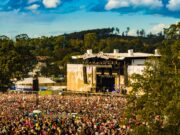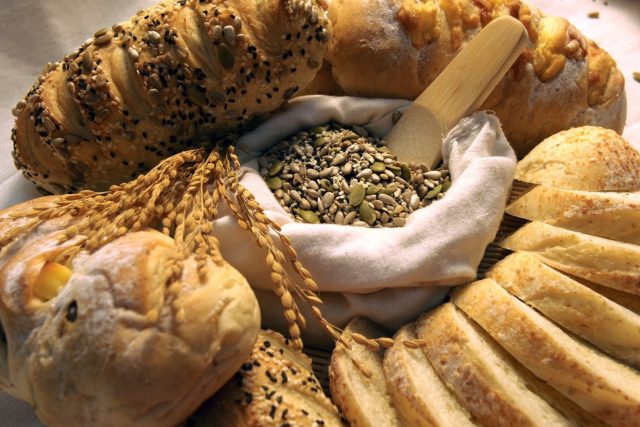In the early 80s, diet culture began to grow serious momentum and back then it was built on a belief that low-fat was the way to go.
The craze began after a series of studies claimed to prove that following a diet low in fat could reduce your risk of heart disease and increase your chances of losing weight. This belief was then globally backed by food industries, the government and the medical profession.
At around the same time middle-class women became the main target for the diet industry and organised slimming groups were born. These groups further endorsed the low-fat ideal and made a hefty profit doing so.
However, at the same time that low-fat diets were being promoted and recommended, further studies were showing that obesity was on the increase and even reaching epidemic levels. Something wasn’t making sense.
Thankfully, we’ve come a long way in our knowledge of what a healthy diet looks like. We now know that low-fat is not necessarily the best way to go. The right types of fat can actually be good for us and reducing refined carbohydrate intake is also a positive step. However, a lot of damage was done by the low-fat mentality of the 80s and 90s resulting in many people now not understanding current thinking.
I could go into a very in-depth and detailed explanation about how following a low-fat diet is not the direct route to health and weight loss however I know that you’d more than likely not make it past the first paragraph (of which there would be many). As part of my online courses I give a very simplified explanation of how the body uses food to fuel us and what it does with excess food. It goes like this;
Carbohydrates (carbs henceforth) are the fuel the body uses for energy. When your body needs to do things, from walking up the road to the shop to getting through that tough exercise session it takes from your carb stores.
It takes and takes until there are no carbs left and then when it needs more energy it moves on to your fat stores. If you’ve eaten a lot of carbs it takes a lot of time and energy to get to those fat stores.
If you haven’t eaten much carbs then it gets to the fat a whole lot quicker. If you’ve eaten so much carbs that it never gets through them all then the leftover carbs get stored in your body as fat anyway.
“So why don’t I ditch carbs completely??” you ask. Well because without some carbs your body wouldn’t have energy to even consider starting the exercise session let alone finish it. If you didn’t eat any carbs you would feel sluggish and not want to do anything (plus be a pain to live with).
Therefore small amounts of good carbs are needed to keep your energy levels up and keep you motivated but not so much that your body never gets to the fat stores. Good carbs, like porridge, quinoa, brown rice and whole-wheat bread, break down slowly in the body and keep you feeling fuller for longer. It helps to think of your carbs in terms of energy and try to balance the amount you eat with how much physical activity you are doing to burn them off.
That’s not to say that we’re going to be able to stuff our faces with fat instead. Fat is a whole other ballgame. While good fats, like nuts, oily fish, avocado and eggs, are good for your body bad fats which are found in processed foods like crisps, sweets and takeaways are very bad for your heart.
Fat, even the good stuff, is still something that we want to eat in moderation. Often when a product is labelled ‘low-fat’ it can have added sugars (which are a type of carbohydrate) to replace the lost taste and therefore can be just as unhealthy and damaging for a person who is trying to achieve bodyfat loss.
Like I said this is a very simplified explanation but I hope you find it helpful and if you have any questions feel free to contact me.
SEE ALSO – Fit with Brid: Why I really enjoyed the Swimtastic Duck and Dive experience






















